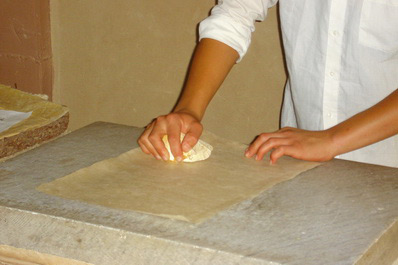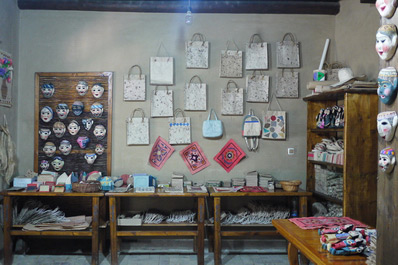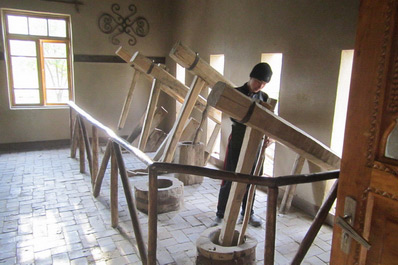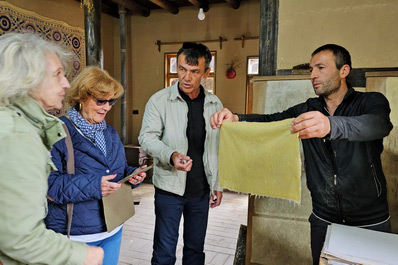Konigil Meros Paper Factory, Samarkand
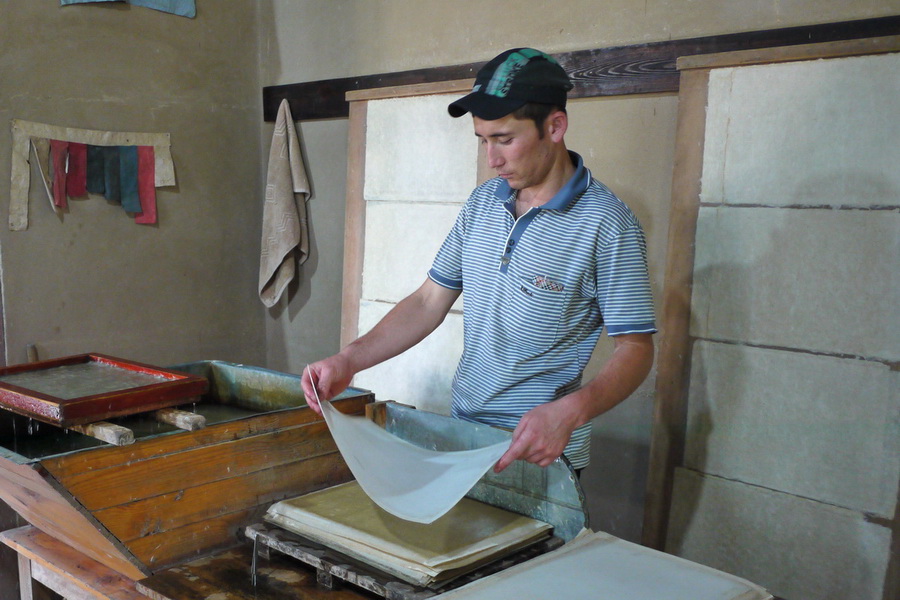
The Konigil Meros Paper Factory in the village of Konigil is the only workshop in Uzbekistan where paper is made by hand using ancient techniques. Located near Samarkand, the factory allows visitors to observe every stage of traditional papermaking and even participate in the making of mulberry paper sheets. The factory also has a shop where you can purchase handmade paper products, including notebooks, postcards, miniatures, and even clothing.
Paper production in Samarkand dates back to the 8th and 9th centuries. Made from mulberry bark, it was often called "silk paper" due to its durability and smooth writing surface, making it a popular product along the Great Silk Road. Samarkand paper quickly gained worldwide fame, surpassing even Chinese paper in strength and durability. By the 10th century, Samarkand paper had become so respected that it began to replace more expensive materials such as papyrus.
Unfortunately, by the 19th century, the method of making paper from mulberry bark had been lost in present-day Uzbekistan. However, in the 1990s, the Mukhtarov brothers revived this ancient craft by establishing the Konigil Meros Paper Factory, which has been operating for over 25 years with a dedicated team of 20 artisans.
To make Samarkand paper, the bark is stripped from mulberry branches and boiled until it reaches a soft, workable consistency. It is then ground in a mortar, and the resulting pulp is formed into a thin, uniform layer-the future sheet. The nearly finished product is then pressed, dried, and polished with animal horns or pieces of marble. This traditional paper has a characteristic yellowish hue and is durable enough for printing.
In addition to the paper workshop, the Konigil Meros complex also includes a pottery studio where visitors can enjoy hands-on pottery making classes. Linseed oil is even produced at the site, and guests are invited to participate in the cooking of linseed oil pilaf, adding a unique culinary experience to their visit.


